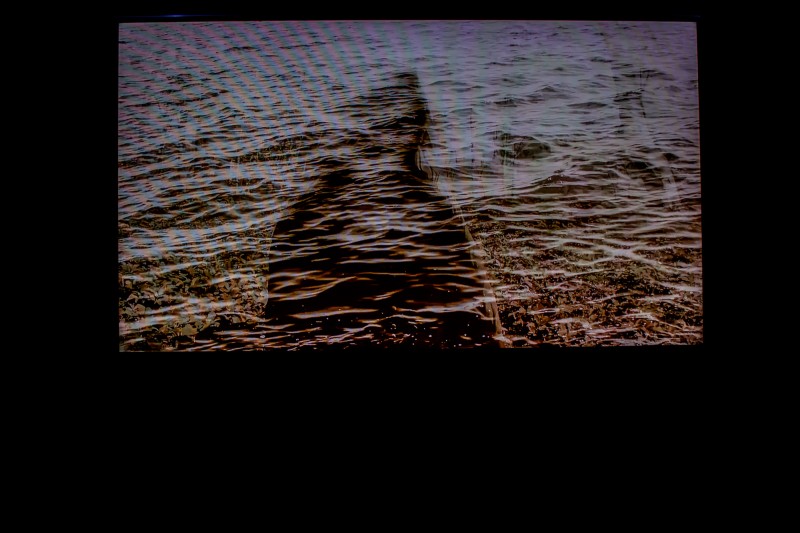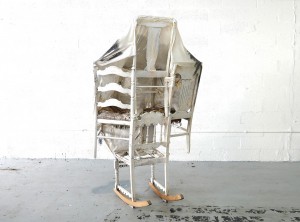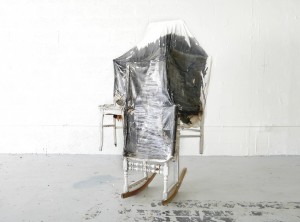Frontier Global Exhibition
A reference to her South African upbringing, working-poor communities and immigration, Marais’ black-and-white photograph, which is deliberately ripped and torn in sections, hangs inside the Bailey Contemporary Arts gallery in Pompano Beach, which will debut the new immigration-minded show “Frontiers and Beyond” on Friday, Sept. 1.
The exhibit, which came together with help from the Tehran, Iran-based Ad Visual Arts Academy, probes how artists use ceramics to tackle themes of belonging and geographic borders. The Pompano Beach gallery is one of four global venues to host the exhibit, which will also be presented in Japan, Turkey and France.
When: Sept. 1–29 (opening reception: 6-9 p.m. Sept. 1)
Where: Bailey Contemporary Arts, 41 NE First St., Pompano Beach









